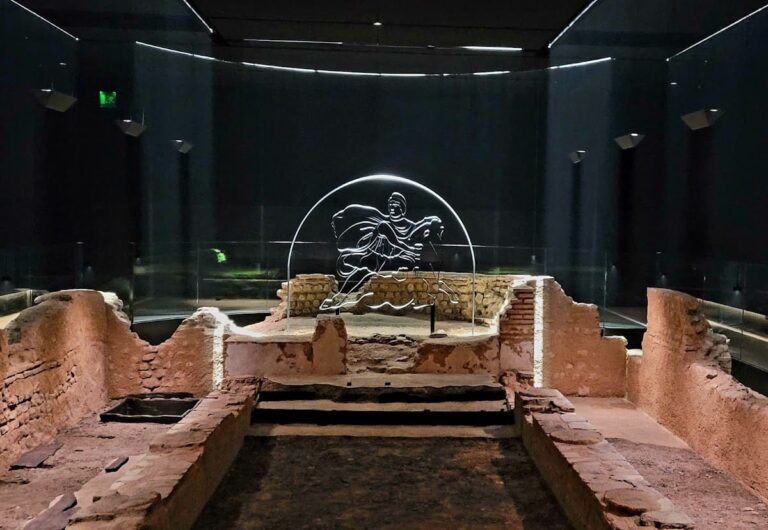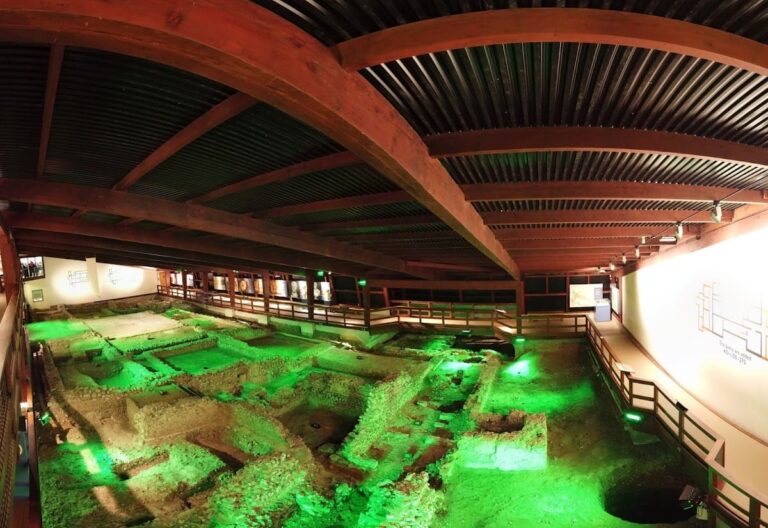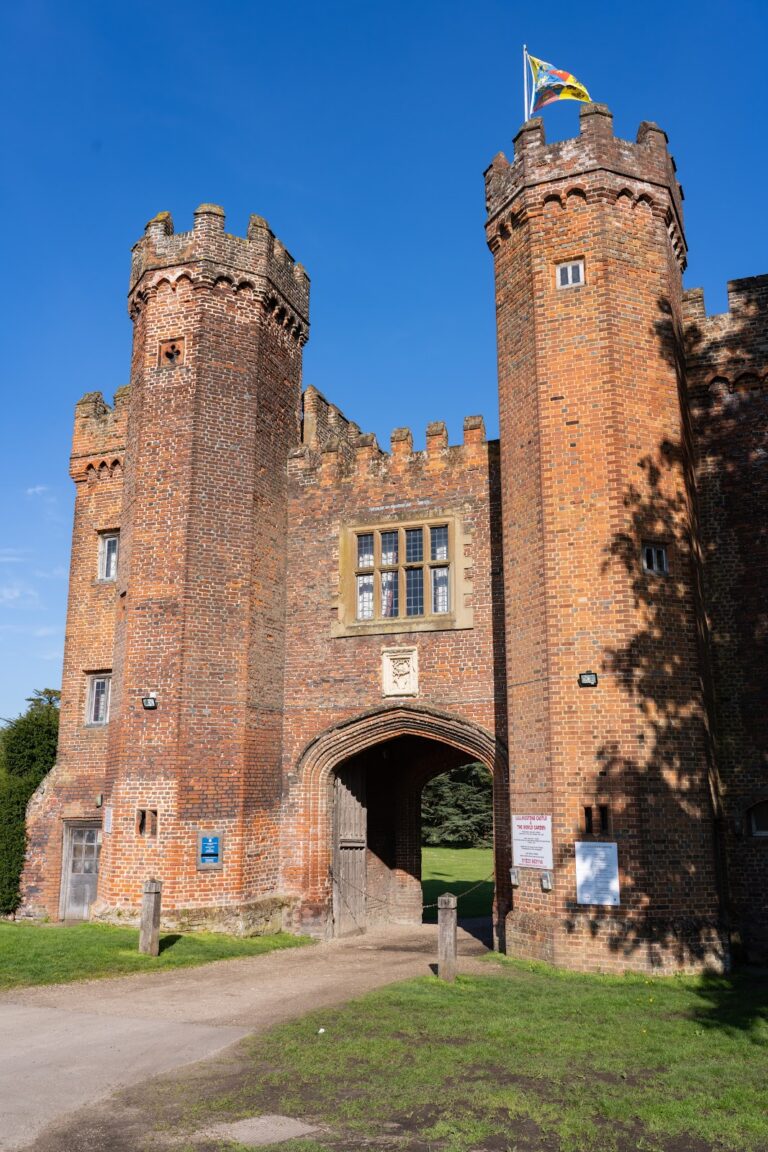Guildhall Art Gallery
Visitor Information
Google Rating: 4.7
Popularity: Medium
Google Maps: View on Google Maps
Official Website: www.thecityofldn.com
Country: United Kingdom
Civilization: Roman
Remains: Entertainment
History
The Guildhall Art Gallery is located in Guildhall Yard, within the City of London, an area with a long history dating back to Roman times. The site originally belonged to Roman London, known as Londinium, where a large amphitheatre was constructed to host public events and entertainments.
In the Victorian era, the City of London Corporation established the Guildhall Art Gallery in 1886. The gallery was created to house and display the Corporation’s growing collection of artworks. The building was designed in a Victorian architectural style to provide spacious, well-lit rooms suitable for art exhibitions.
During World War II, the gallery suffered severe damage from bombing raids in the Blitz. This destruction forced the gallery to close and resulted in the loss of many pieces from the collection. After decades of closure, the gallery was rebuilt and reopened in 1999. The reconstruction incorporated the archaeological remains of the Roman amphitheatre discovered beneath the site, linking the gallery to London’s ancient past and creating a unique cultural and historical landmark.
Remains
Beneath the Guildhall Art Gallery lie the remains of a Roman amphitheatre, an ancient structure used for public spectacles. This amphitheatre dates back to Roman London and was built with stone seating arranged in curved tiers around an arena. The layout preserves the original orientation of the amphitheatre, showing how spectators would have been seated.
The construction features stone blocks forming the seating areas, which have been carefully preserved in situ. The outline of the arena, where events took place, remains visible, providing insight into the scale and design of the structure. These remains are fragmentary but sufficiently intact to convey the amphitheatre’s original form.










